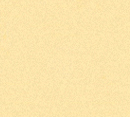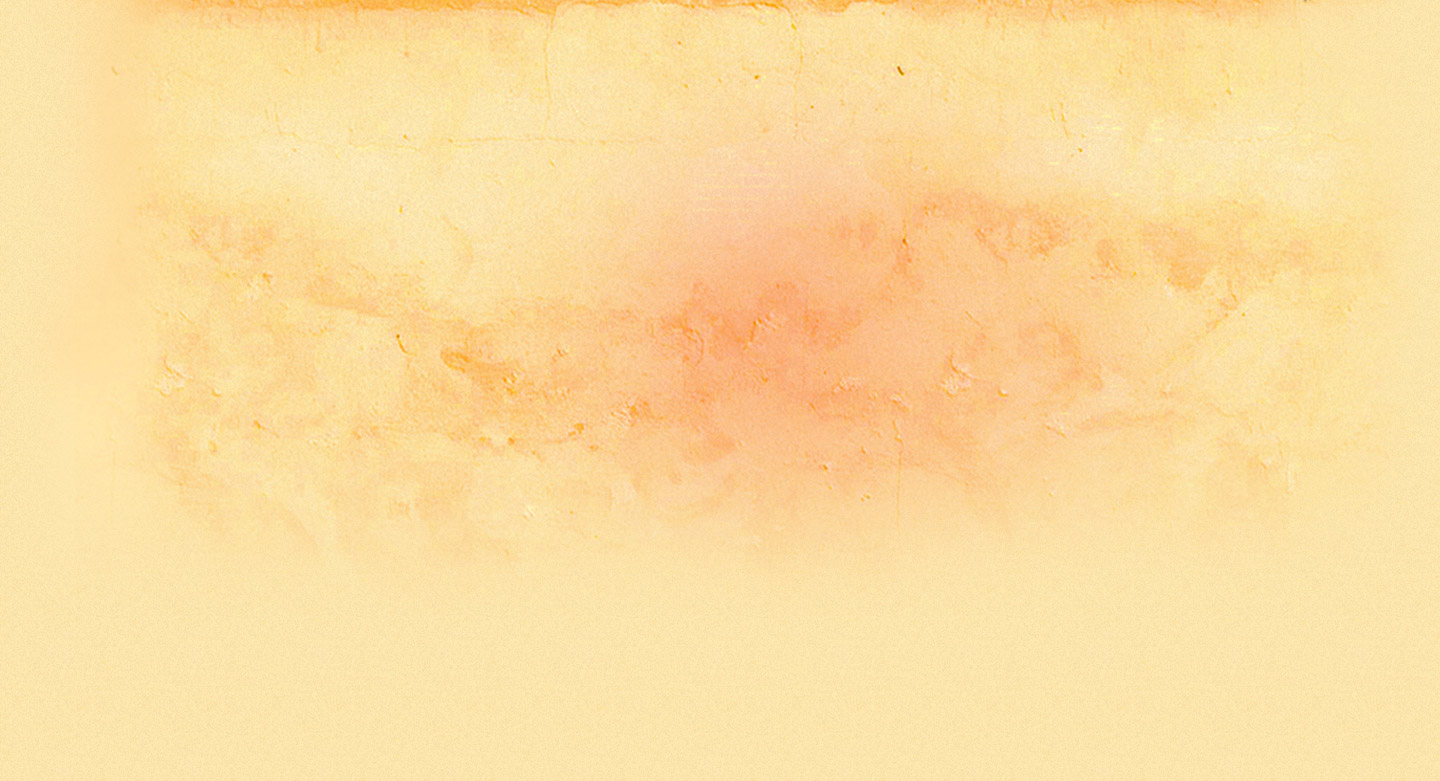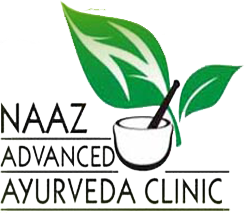


















Dr. Abrar Multani is the pioneer of Hijama in India.
What is Hijama?
Cupping / Hijama is the best remedy recommended and used by the Messenger (saw). The
Messenger (saw) said, "Indeed the best of remedies you have is cupping / Hijama " [Saheeh al-Bukharee (5371)].
The Prophet (saw) enhanced this practice by prescribing specific times at which to perform Hijama Therapy in order to derive the most benefit and by stipulating the preferred areas of the body to perform Hijama to facilitate and promote good health and wellbeing as a preventative measure against the onset of ill health.
Hijama is a method of relieving local congestion by applying a partial vacuum that is created in a cup(s), either by heat or by suction. Cupping has been used for thousands of years. Although it is often associated with Traditional Chinese Medicine, the entire world once knew this of therapy and used it. The Ancient Egyptians, Greeks and Chinese used cupping therapy. The oldest recorded medical textbook, Ebers Papyrus, written in approximately 1550 BCE in Egypt, mentions cupping (Curtis, 2005). In the UK, the practice of cupping therapy also dates back a long time in one of their leading medical journals, The Lancet. It was named after this practice as it refers to the surgical instrument that can scrape the skin to perform a style of cupping.
Cupping / Hijama is the best remedy recommended and used by the Messenger (saw). The Messenger (saw) said, "Indeed the best of remedies you have is cupping / Hijama " [Saheeh al-Bukharee (5371)]. He also said that on the night of Al-Israa (his ascension to the heavens) he did not pass by an angel except that it said to him, "Oh Muhammad, order your Ummah (nation) with cupping / Hijama." [Saheeh Sunan Tirmidhee (3479)].
'Hijama' in arabic is derived from 'hajm' which means 'sucking'. Cupping / Hijama is the process of applying cups to various points on the body by removing the air inside the cups to form a vacuum. In terms of following the Sunnah the cupping that is referred to is 'Bleeding cupping'. It is the most frequently used, oldest, and often the most effective method. A surgical instrument
is used to scrape the skin and the cup is then applied to collect blood.
Hijama Types
Cupping in itself can be done in various forms such as: